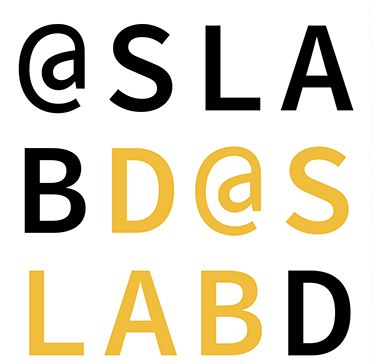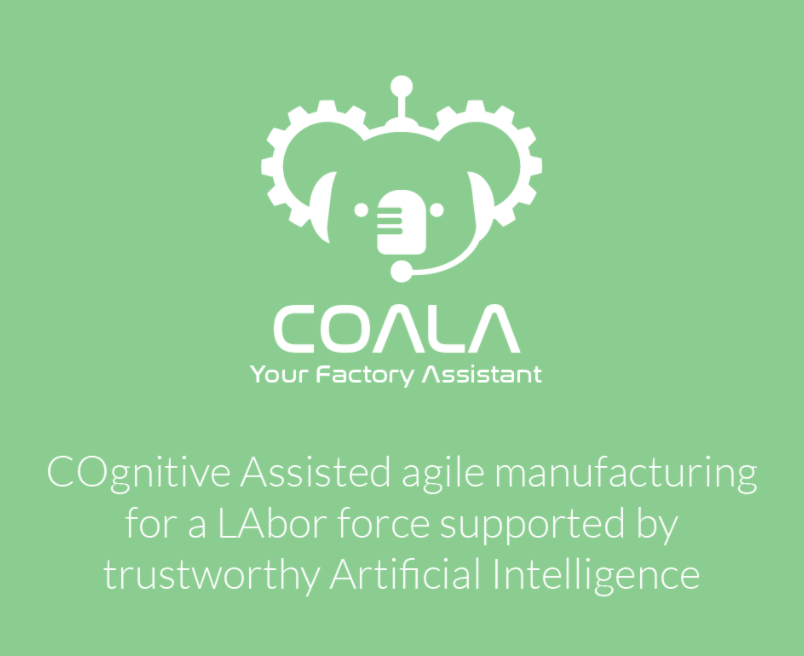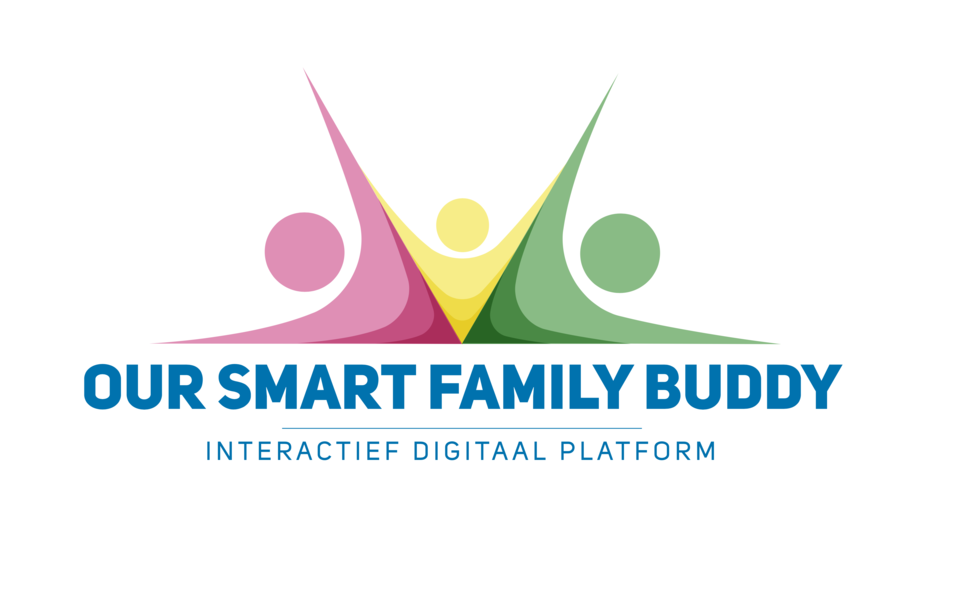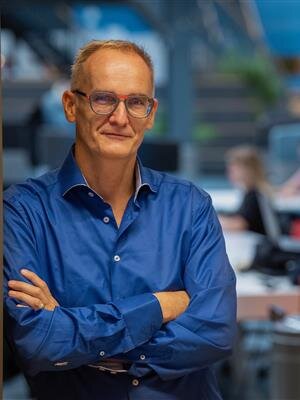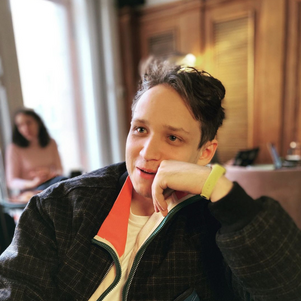AI-Powered Human Augmentation
Evolution has always been the main driving force behind slow but steady change for the human brain and body. However, living in the Information era, our perceptual and cognitive capacities cannot simply rely on natural evolution to keep up with the immense advancements in emerging technologies. Technologies we use daily (PCs, smartphones, wearables, etc.) remain largely uninformed about our perceptual levels and cognitive states, forming a so-called "cognitive gap" between the human (user) and the machine (system). The purpose of AI-Powered Human Augmentation is twofold: (a) to bridge the cognitive gap and fully realize the potential of Human-AI Interaction and Collaboration by producing groundbreaking research on expanding human innate capacities with the use of AI. We draw on an interdisciplinary approach that combines state-of-the-art knowledge and methods from the fields of Wearable and Physiological computing, Machine Learning and AI, Neuroscience, Human-Computer Interaction, but also Design, to create novel AI-powered augmentative interventions. (b) The AI-powered interventions are systematically evaluated in the lab and in the wild, to assess their effectiveness and implications on human perception, cognition, and physiology.
In this research theme, and with the research projects listed below, we seek to address the following Research Questions:
- How can AI be employed for effectively augmenting perceptual, cognitive, and physiological capacities in real life?
- How can we reliably measure the effects of our perceptual, cognitive, and physiological AI-powered interventions?
- Which are the implications (e.g., design, ethical, societal, etc.) of perceptual, cognitive, and physiological AI-powered augmentations?
- Which are the long-term effects of AI-powered human augmentations on the human mind and body?
- Which is the role of Design in augmenting perception, cognition, and physiology with AI?
- How can Design facilitate the introduction of AI-powered augmentative interventions in the wild?
- How do we design AI-powered augmentative interventions for synergy instead of substitution?
- Is synergy always better than substitution?
Projects
People

Evangelos Niforatos
- +31618616065
- e.niforatos@tudelft.nl
-
B-3-390
"For the learning is deep and full of tensors."
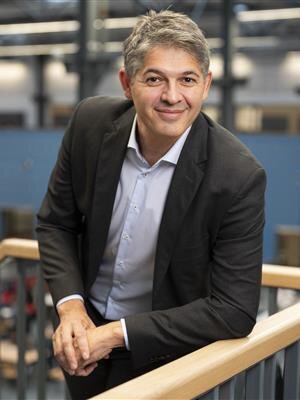
Alessandro Bozzon
- +31 (0)15 27 87822
- a.bozzon@tudelft.nl
- Personal website
-
Room B-3-370
Working days: M T W T F
"Twenty years from now you will be more disappointed by the things you didn't do than by the ones you did do."

Chaofan Wang
- +61422810938
- C.Wang-16@tudelft.nl
- Personal website
-
Room 32-B-3-400B
Present on: Mon-Fri

- s.kernanfreire@tudelft.nl
-
Room B-4-360

